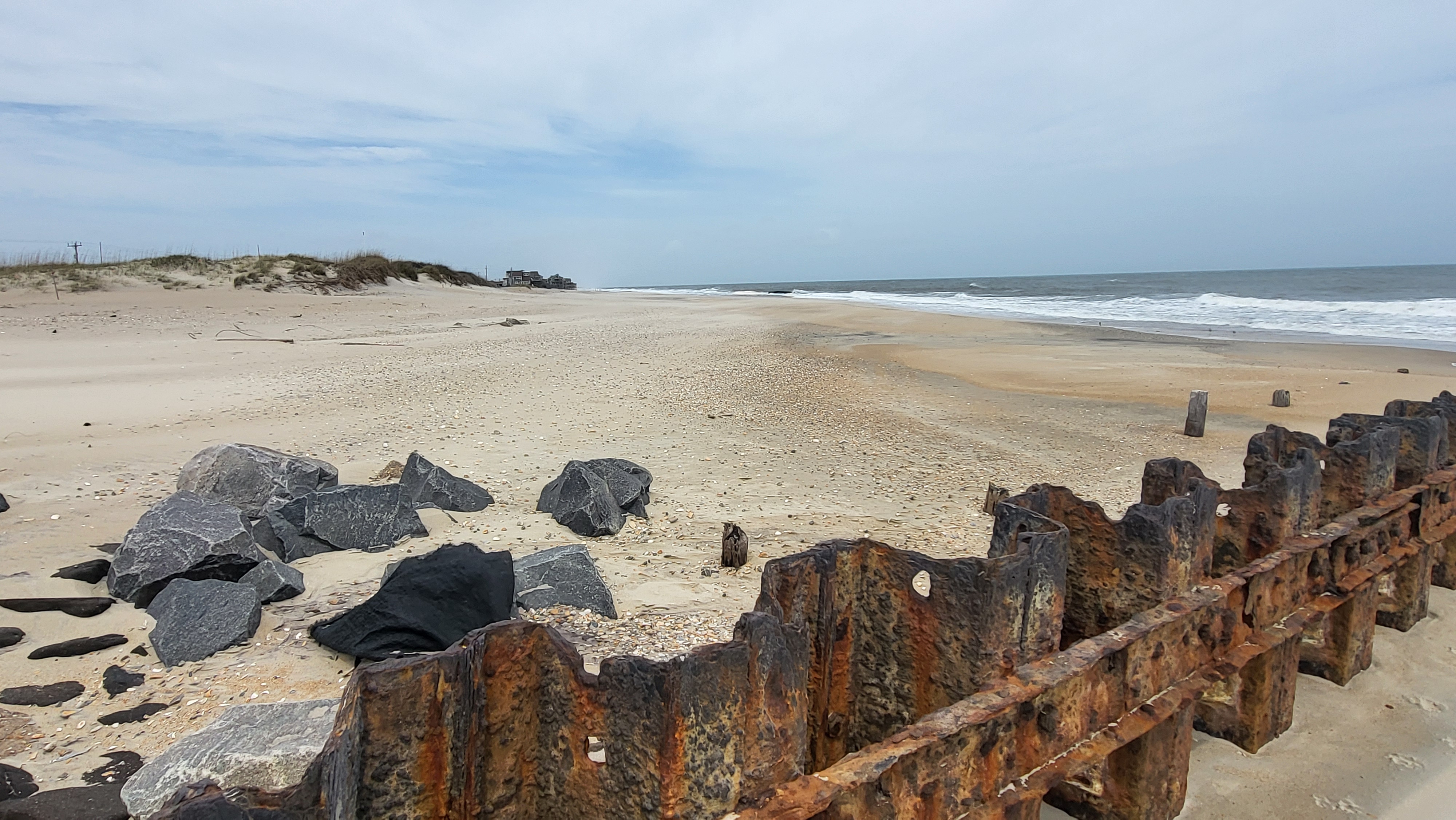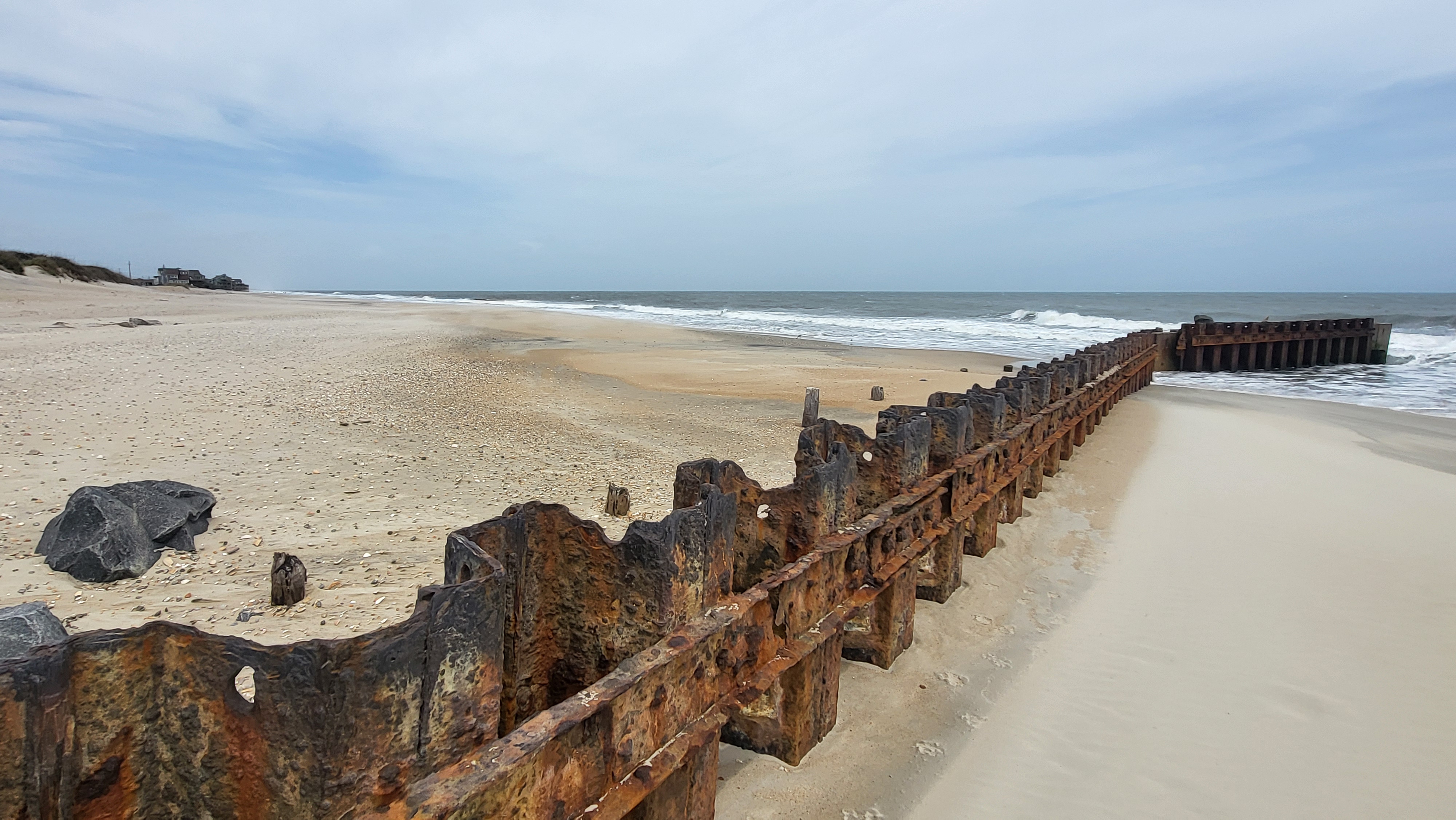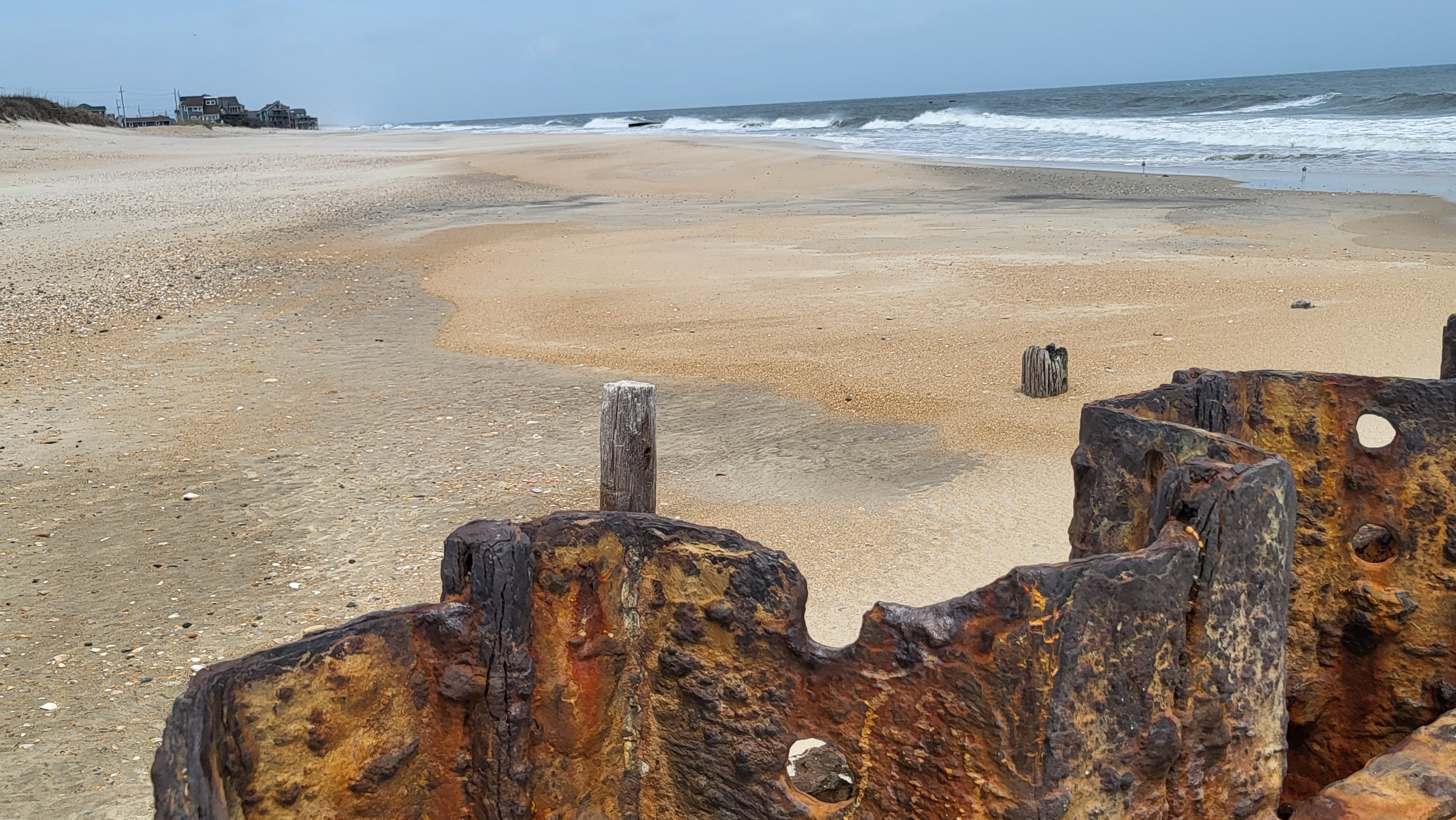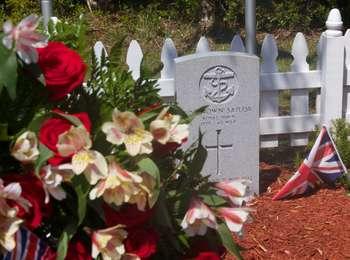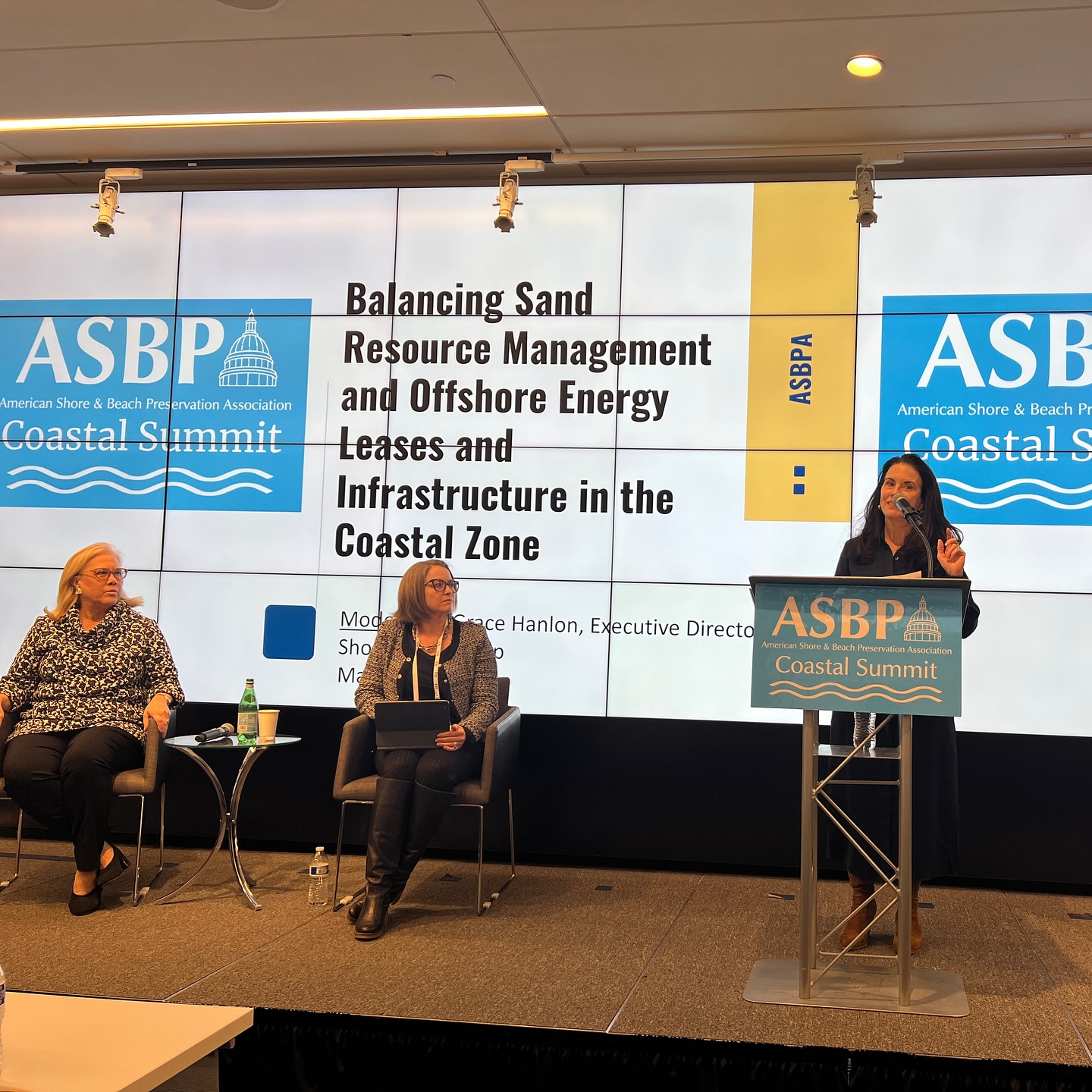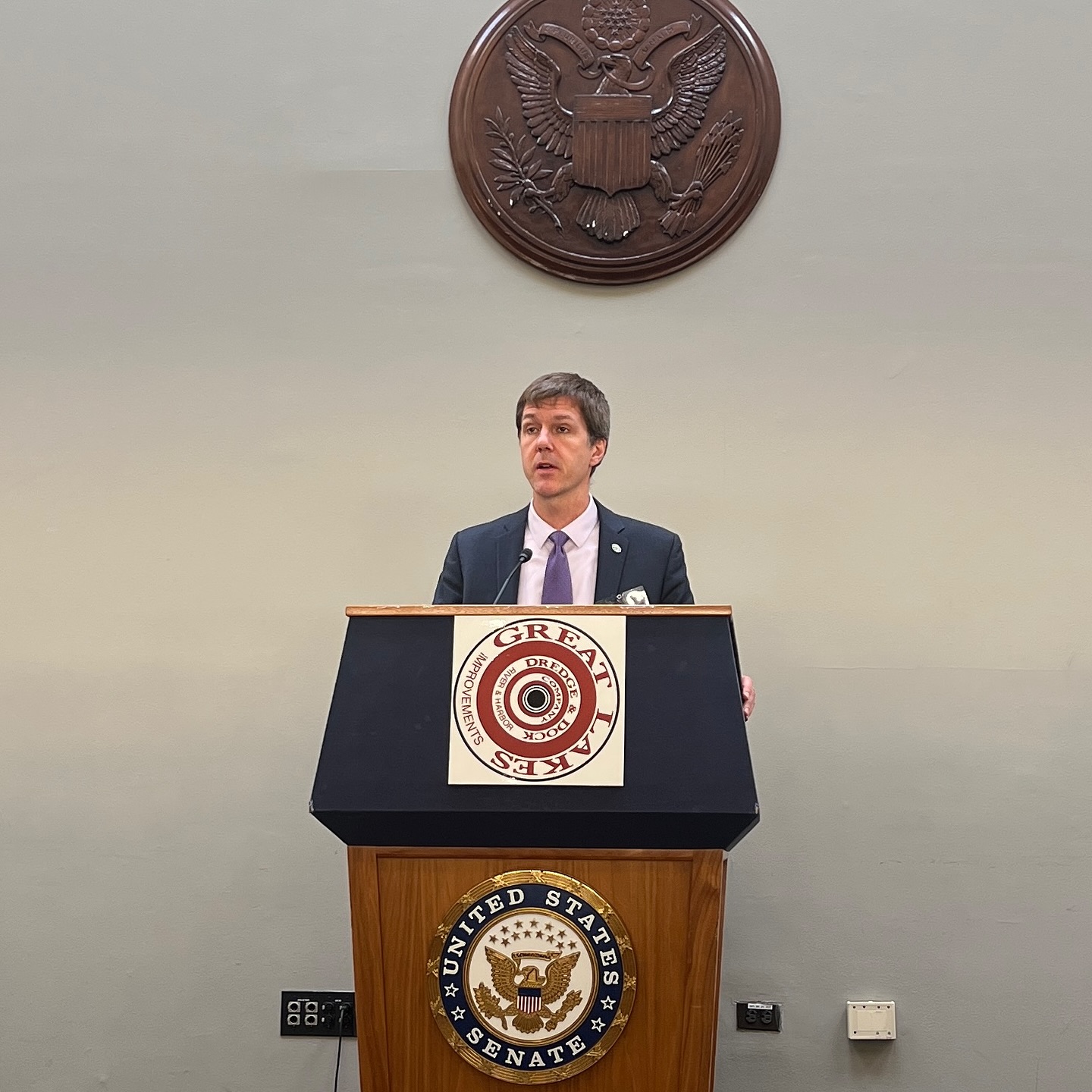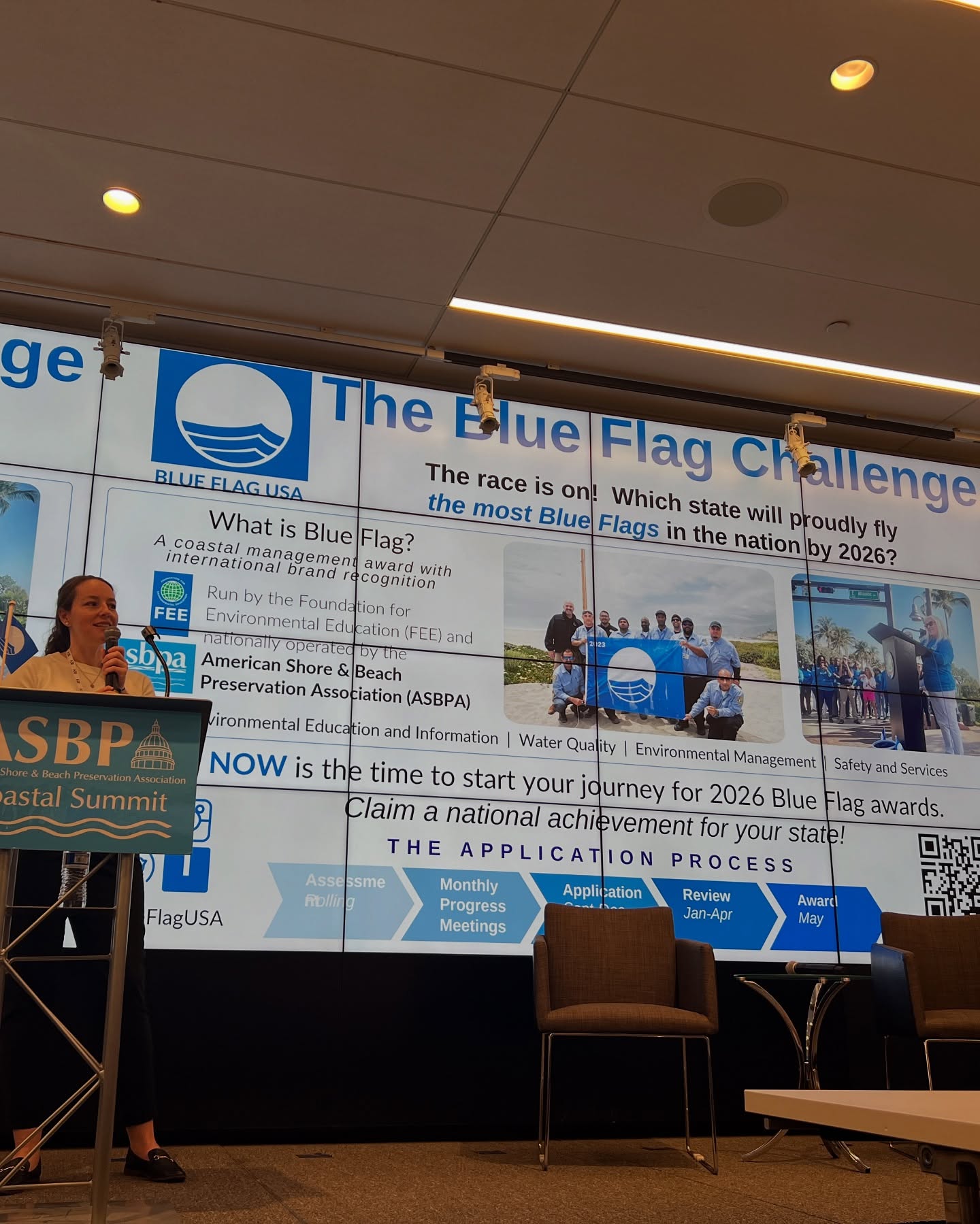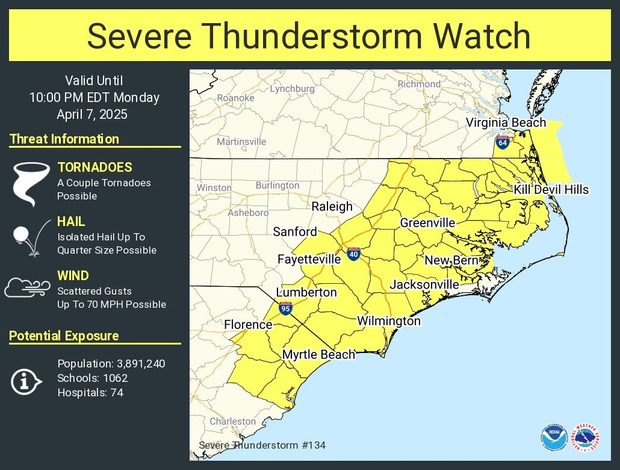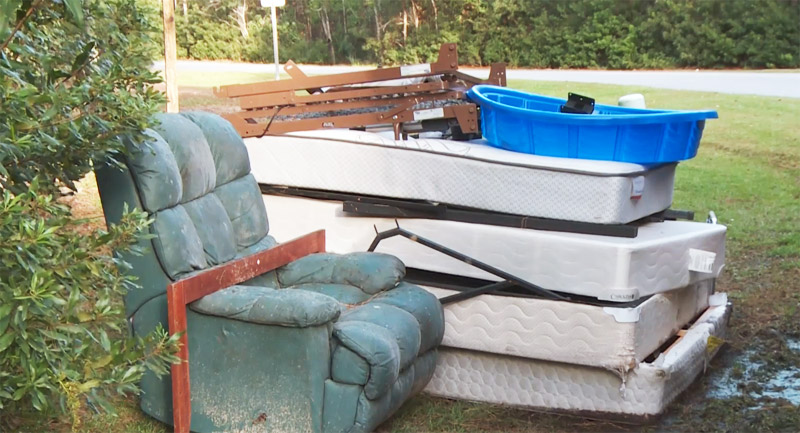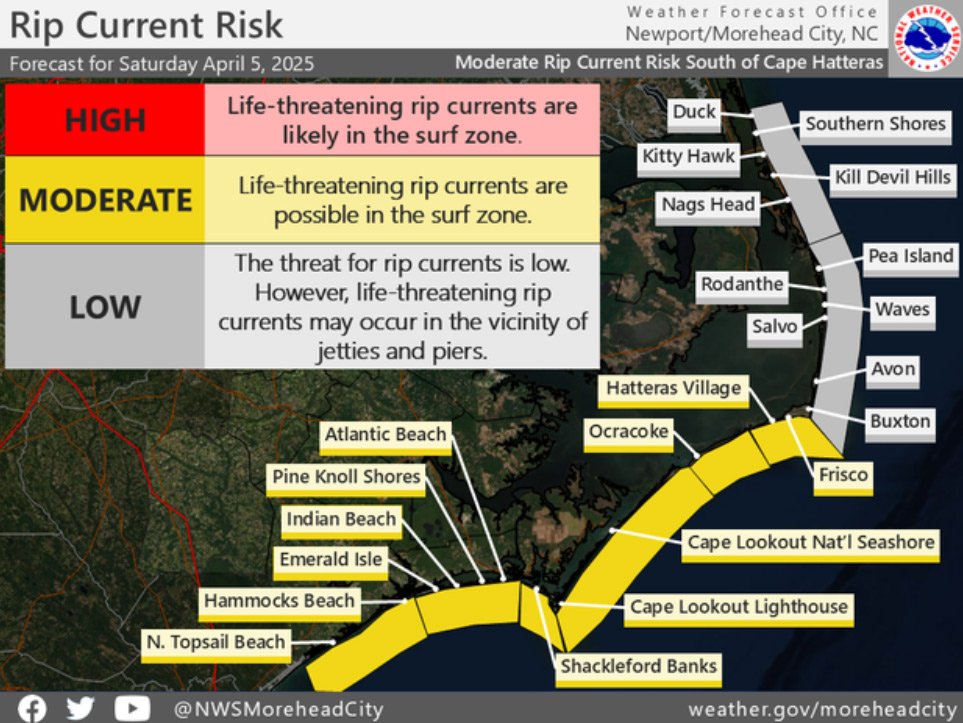Should the Ocracoke Light Station be repaired, relocated, or both? Public invited to weigh in on preservation options
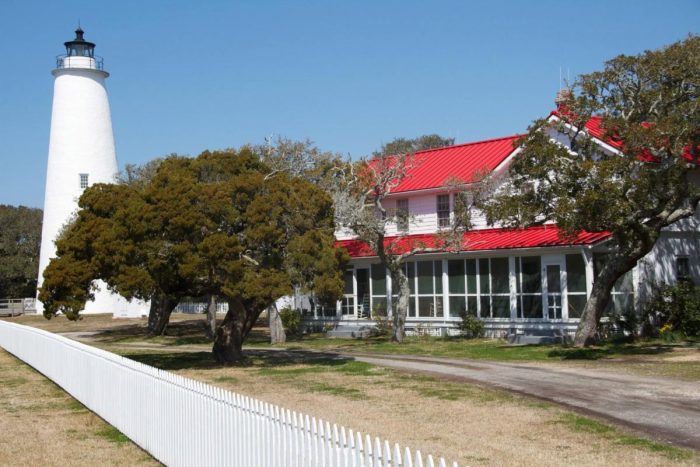
Representatives from the National Park Service (NPS) hosted two meetings over the past week to start the ball rolling on a future renovation and/or relocation project for the Ocracoke Light Station.
At Monday’s virtual meeting, National Parks of Eastern North Carolina Superintendent David Hallac provided an overview of the iconic site’s history, as well as the potential solutions to protect the historic structures from future flooding and sea level rise.

Built in 1823, the Ocracoke Island Lighthouse is the oldest functioning lighthouse in North Carolina, and the second oldest lighthouse still in service in the United States. However, the 1.1-acre site where the lighthouse stands is also home to a collection of historic buildings, including the original 1800s keeper’s quarters, which was originally a five-room dwelling that was expanded to a double dwelling in 1929.
“This project is more than the lighthouse itself – it’s about the [entire] light station, which is listed on the National Register of Historic Places,” said Hallac.
There are a number of reasons why a restoration project is needed for the centuries-old site, starting with its vulnerability to storm surge and flooding.
“One of the most significant challenges we have at the Ocracoke Light Station is management at sea level,” said Hallac. “During the six years that I’ve had the pleasure to work here, we have had three significant storms: Matthew, Florence and Dorian… [2019’s] Dorian was devastating, and the entire property was completely underwater.”
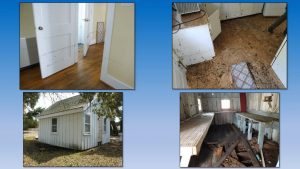
During Hurricane Dorian, water poured through the structures within the Ocracoke Light Station site, causing 12-18 inches of flooding within the double keeper’s quarters alone. With the majority of the property already classified as a wetland, and .25 to 1.1 m of additional sea level rise predicted by NOAA in the next 30 years, elevating or moving the historic structures is necessary in order to keep them intact and above water.
“1.75 feet of sea level rise has already occurred over the course of 100 years, and this is a significant issue for the light station,” said Hallac. “A large majority of the light station is already considered a wetland… and there was more than six feet of storm surge during Dorian.”
“So the next 30 years is the project timeline,” he added. “Whatever we [do], we want it to last for the next 30 years.”
Aside from elevating or moving the lighthouse and keeper’s quarters, there are additional repairs that are required as well. In the 1950s, the exterior of the lighthouse was sprayed with shotcrete, (a dry concrete mix that is applied like a stucco coating), which has caused a number of issues for the structure’s integrity.
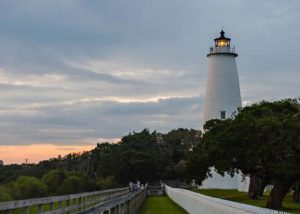
“The exterior needs to breathe, and [the shotcrete coating] is almost the equivalent of the lighthouse wearing a plastic bag,” said Hallac, noting that some of the bricks in the lighthouse had moisture content greater than 30%, which caused concern for the historical experts reviewing the project. “Moisture cannot escape the outside of the lighthouse, and it needs something more breathable [for the exterior.]”
With all of these challenges in mind, Hallac outlined the possible long-term solutions, which were also made public in the NPS Civic Engagement Newsletter.
These potential solutions are as follows:
- Option 1 – Repair as is. Repair storm damage to the lighthouse and keeper’s quarters, and preserve the site as is. Given the likelihood of additional sea level rise and flooding, this was not the preferred solution for many in attendance at the past week’s public meetings.
- Option 2 – Repair and Elevate. Repair storm damage, replace the existing shotcrete on the lighthouse’s exterior with historic parge coat, and elevate all structures, except for the lighthouse.
- Option 3 – Rehabilitate to the original 1823 Site. Remove the keeper’s quarters’ 1929 addition and restore/rehabilitate the keeper’s quarters using as many original features (e.g., bricks) from the house as possible. Restore/rehabilitate the Light Station structures and site to the 1823-1854 Period of Interpretation, and elevate all structures, except for the lighthouse.Restoration/rehabilitation to the 1823-1854 Period of Interpretation would include:
- Replacing existing shotcrete at lighthouse with historic parge coat, and exposing the original stone foundation at the lighthouse.
- Replacing the existing metal spiral stair case with a historically accurate wood staircase.
- Remove all other structures at the site except for the 1823 privy.
- Option 4 – Relocate. Relocate the lighthouse and the keeper’s quarters to a more storm and flood-resistant location on Ocracoke Island. Relocations sites would need to meet several criteria, which includes a spot that would be unlikely to flood over the next three decades.Per Hallac, the two highest elevation locations up for consideration are in Ocracoke village near the NPS’ boat ramp parking area, and adjacent to N.C. Highway 12, just west and north of the Ocracoke Campground. Both of these sites allow for 5-7 feet of elevation, and are least likely to be affected by sea level rise over the next 30 years.
After the presentation at Monday’s virtual meeting outlining the project and potential options, the floor was opened for public feedback from the roughly two dozen online attendees.

The majority of comments focused on the relocation or elevation options for both the lighthouse and the keeper’s quarters, and Hallac stated that if the structures were elevated, it would likely be via a combination of elevating the land itself and adding concrete or other material to the bottom of the structures.
As for relocation, the exact specifics – such as how the lighthouse and keeper’s quarters would be transported to their potential new home – were not yet known.
“We’re in the very early phases of the project, so the idea of moving the lighthouse is just that – an idea,” said Hallac.
Hallac also noted that the comments at Monday’s virtual meeting mirrored Friday’s in-person meeting at the Berkley Barn on Ocracoke Island. “We had a great meeting on Ocracoke, and had about 18-19 members of the public who came and had a conversation with us,” he said. “Some folks were really interested in repairing and elevating, and there were also folks who were interested in seeing the keeper’s quarters turn into a visitors’ center or museum.”
The final decision on how to proceed is still at least a year away, and will need to be followed by an environmental assessment and another public meeting before the eventual renovation and/or relocation work could begin.
In the meantime, the public is invited to submit comments on the preservation ideas until May 28, 2021.
Once a range of preservation ideas are gained and refined, the NPS will move to the next phase, which will include assessing compliance needs under the National Historic Preservation Act, National Environmental Policy Act, and other environmental regulations.
For more information on the project and to submit a comment on the future of the Ocracoke Light Station, click here.












